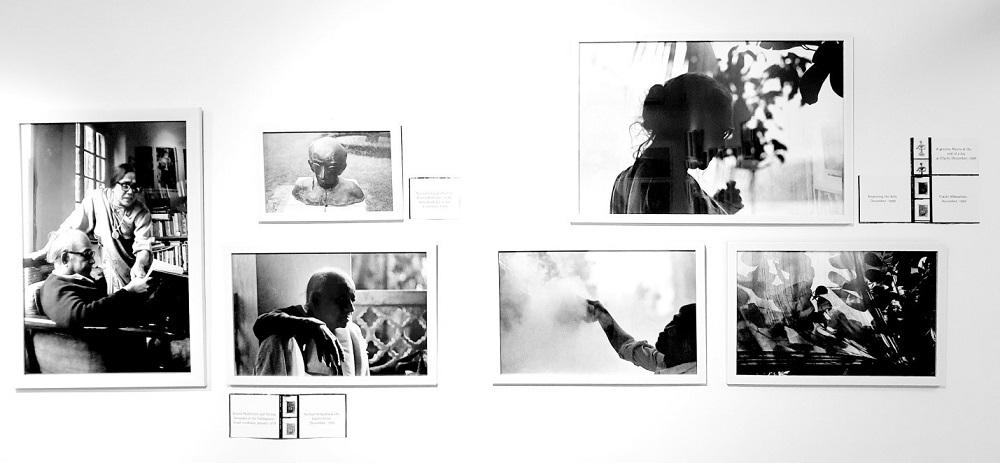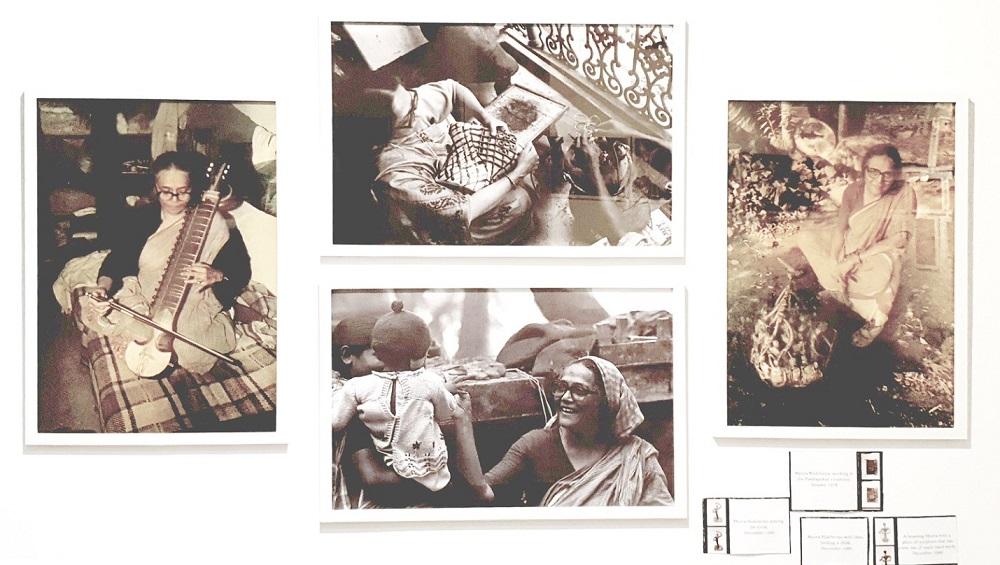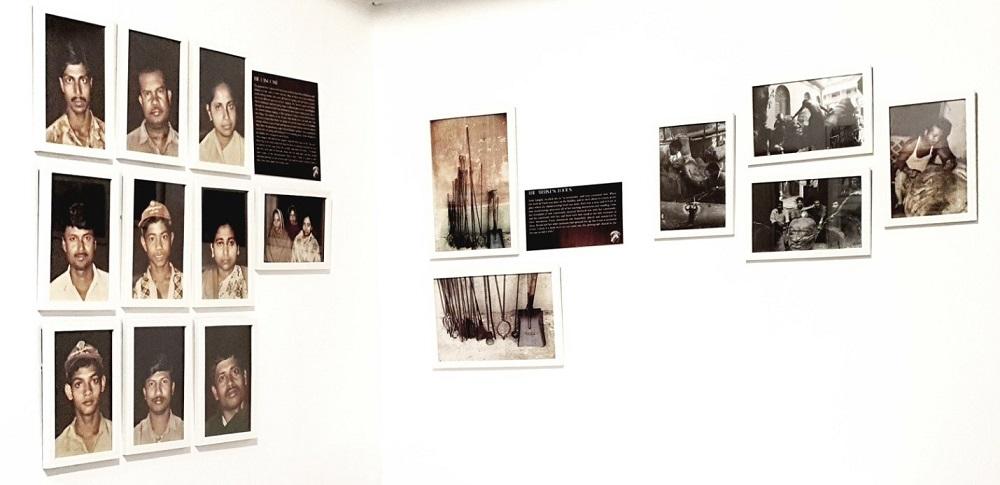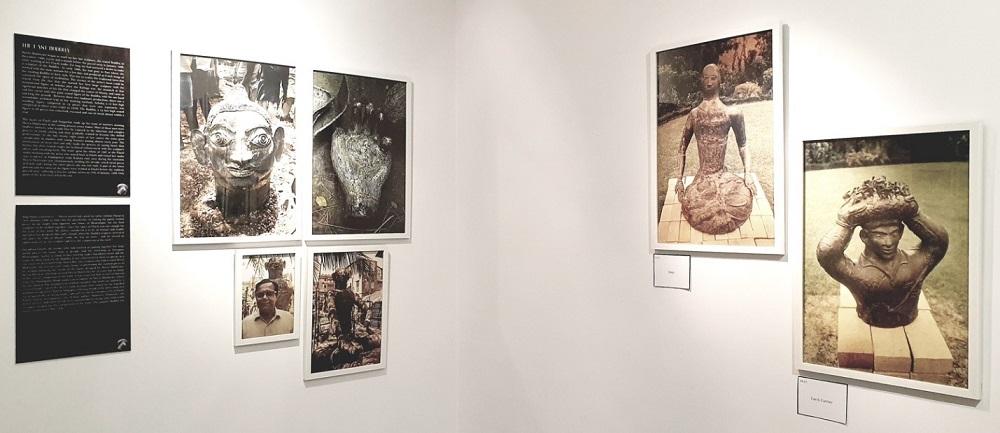Sculpting time: Arun Ganguly’s photographs of Meera Mukherjee

Galerie 88’s centenary tribute to the sculptor Meera Mukherjee featured an exhibition of photographs taken by Arun Ganguly. The show was curated by Adip Dutta and Tapati Guha-Thakurta and titled Meera Mukherjee: Photographs by Arun Ganguly. Ganguly was Mukherjee’s neighbour until he was commissioned to make some colour transparencies of her work for illustrating a lecture. This is possibly the most traditional way in which photographers encounter sculptors: as documentarians of their “finished” work that must be presented with the “best” two-dimensional view that the artist or a curator has in mind. However, Ganguly’s curiosity exceeded the given brief and spilled over to produce a series of more informal encounters, allowing for multiple dimensions of the artist and the world of her work to become available for the visual pleasure of an audience desiring to enrich their understanding of a great modernist sculptor’s life and process. These encounters took place from 1978 until after Mukherjee’s demise in 1998, when Ganguly continued to document some her last, unfinished works.

Through this parallel documentary archive—Ganguly switched to a separate camera with black-and-white film for this—both the artists found a common ground beyond the demands of a pre-meditated gaze where they could meet; a gaze that fixes the work of sculpting and photography by eliminating any ambiguity that can animate this relationship and by providing it with moments of tension as well as occasions of joy and discovery.
Mukherjee belonged to a generation of sculptors who ultimately refused to distinguish between older traditions of sculpting and craft-making in the subcontinent and modernist gestures of signification, thereby allowing her to cross thresholds of existential as well as communitarian modes of being an artist in South Asia. These rough crossings are communicated through Ganguly’s images as well, even aspiring to suggest that her work was and remains near-indistinguishable from her process, and that her individual, artistic personality was accommodating enough for a range of assistants and craftspeople whose portraits have also been reproduced as a wall of images.

Other critics have noted the manner in which these crossings are executed to critique the safety of categorical knowledge itself—so that terms like “anthropology”, “sculpture” and “photography” are all equally brought under stress. “Meera’s anthropological quest was also deeply subjective and modernist”, as one critic writes, quoting Mukherjee: “‘Information about these groups was collected,’ she noted, ‘while learning their crafts as a professional sculptor.’”

Her diaries reveal time and again how these twin impulses interwove: an anthropological documentary maker taking notes about tribal and folk craftsmen in her travels across the country, and a deeply subjective aesthete, all the while negotiating with the obstacles of tribal forms, as she became part of the cultural economy of Bastar, where she resided for extensive periods. This process feels uncannily close to Ganguly’s own anthropological quest: did the photographer see the sculptor as Mukherjee saw her tribal sources and co-creators? Suggestively connecting his own method of documenting to Mukherjee’s preparatory work, the photographer also suggests the limits of anthropological gazing that may yield information about a people or a (cultural/artistic) tradition, but not how each seeks to energise those conditions beyond those limits. This is not to suggest that their art-making points to a way out of these conditions; however, each remains regulated by its own circuits of class and aesthetic logic, where global intellectual currents (like ideas about “primitivism” or innovations in photography’s ambiguous role as a documentary ethic) are as relevant as national or local impulses.
The quest for toil and community were interlinked, and ultimately combined to produce—arguably—more “authentic” event horizons for her art than the money-shot that displayed her sculptures in professional catalogues.
All images of courtesy of Galerie 88.




